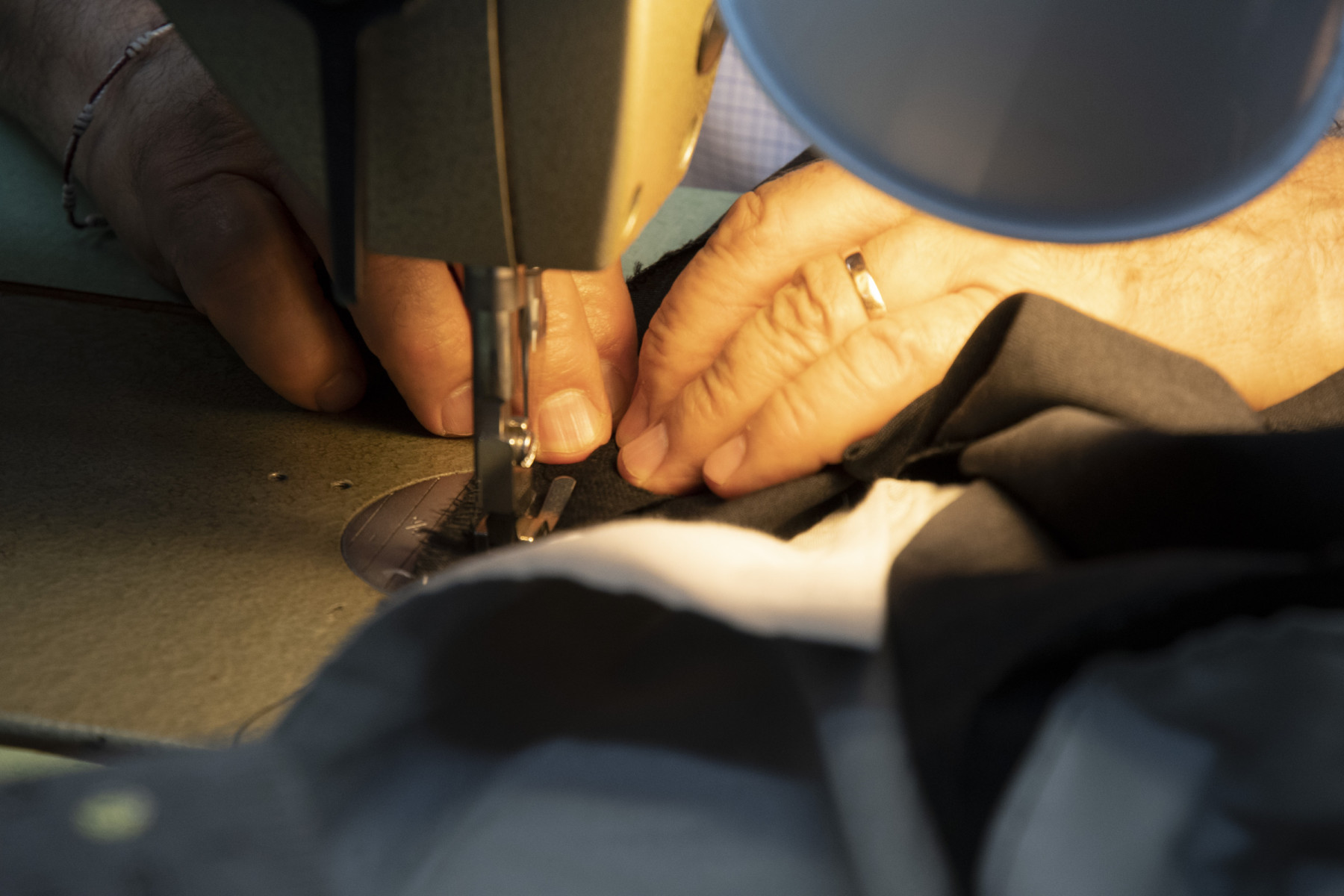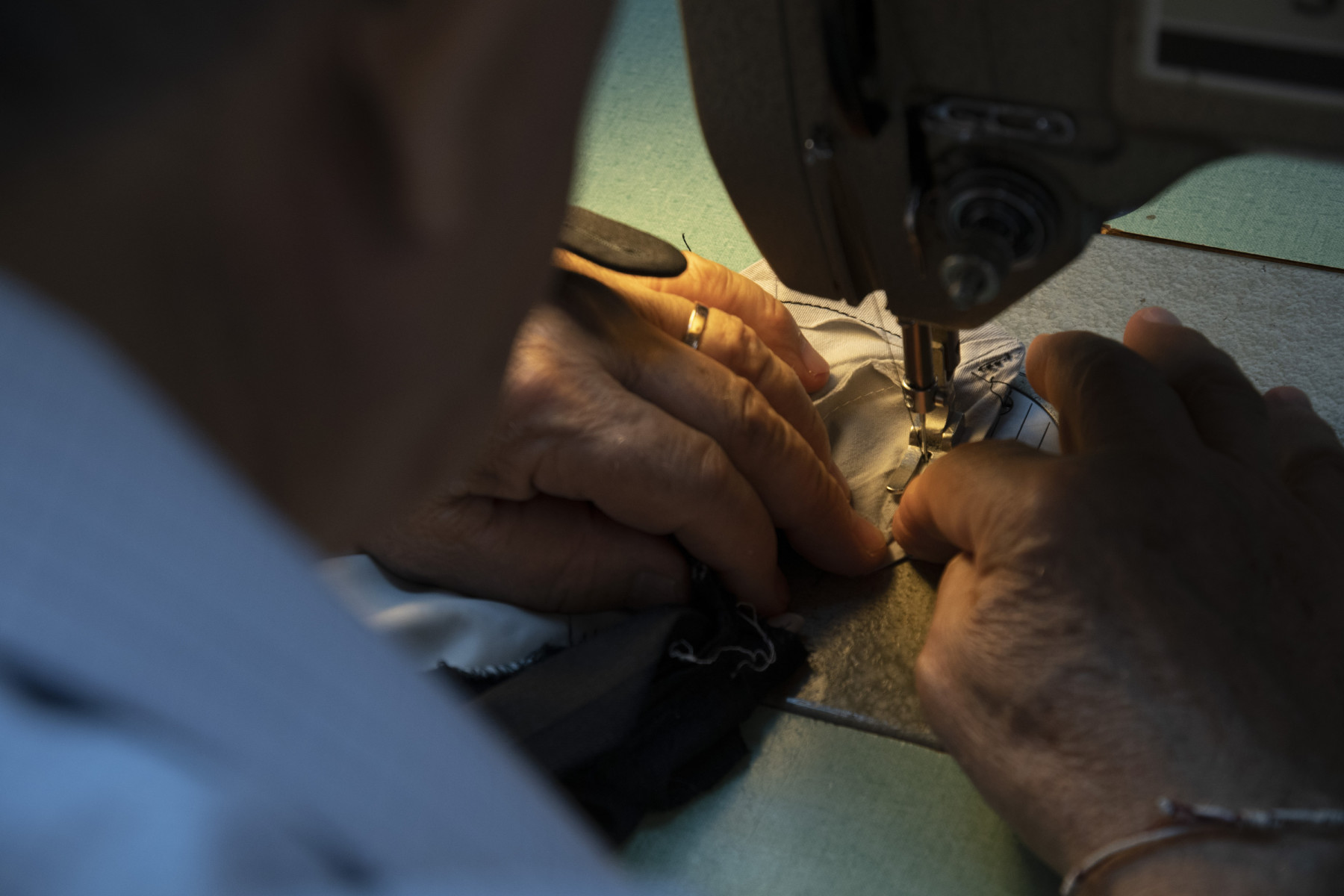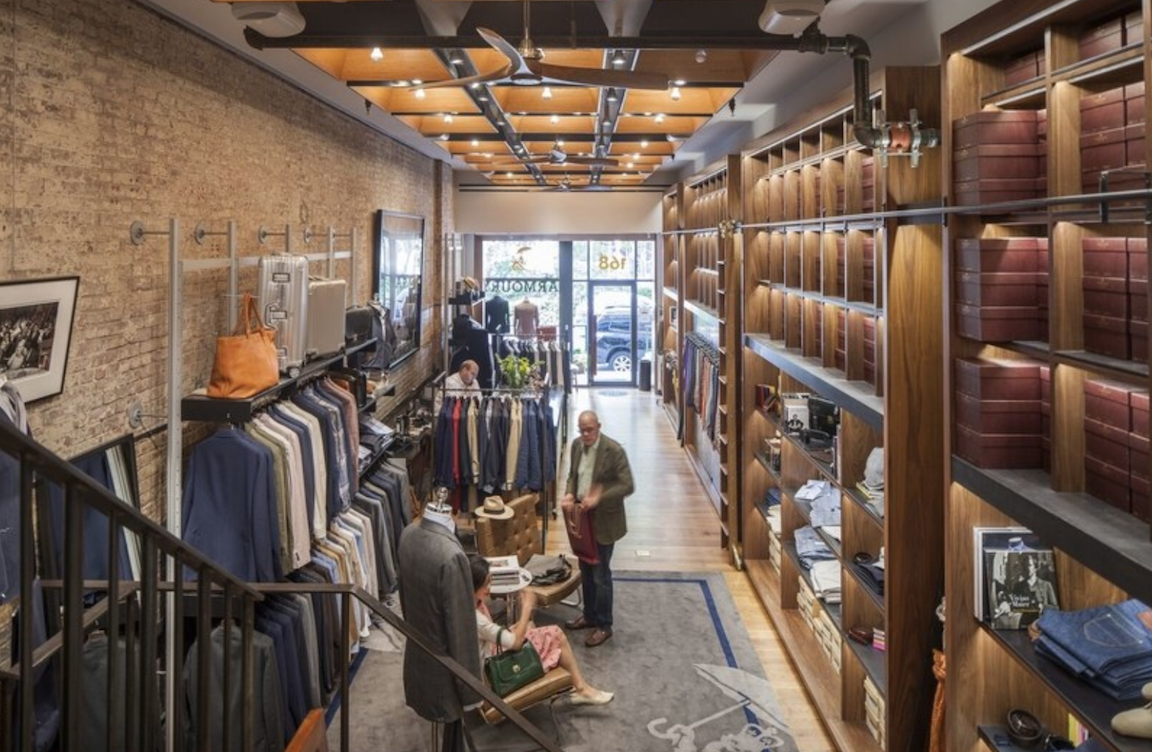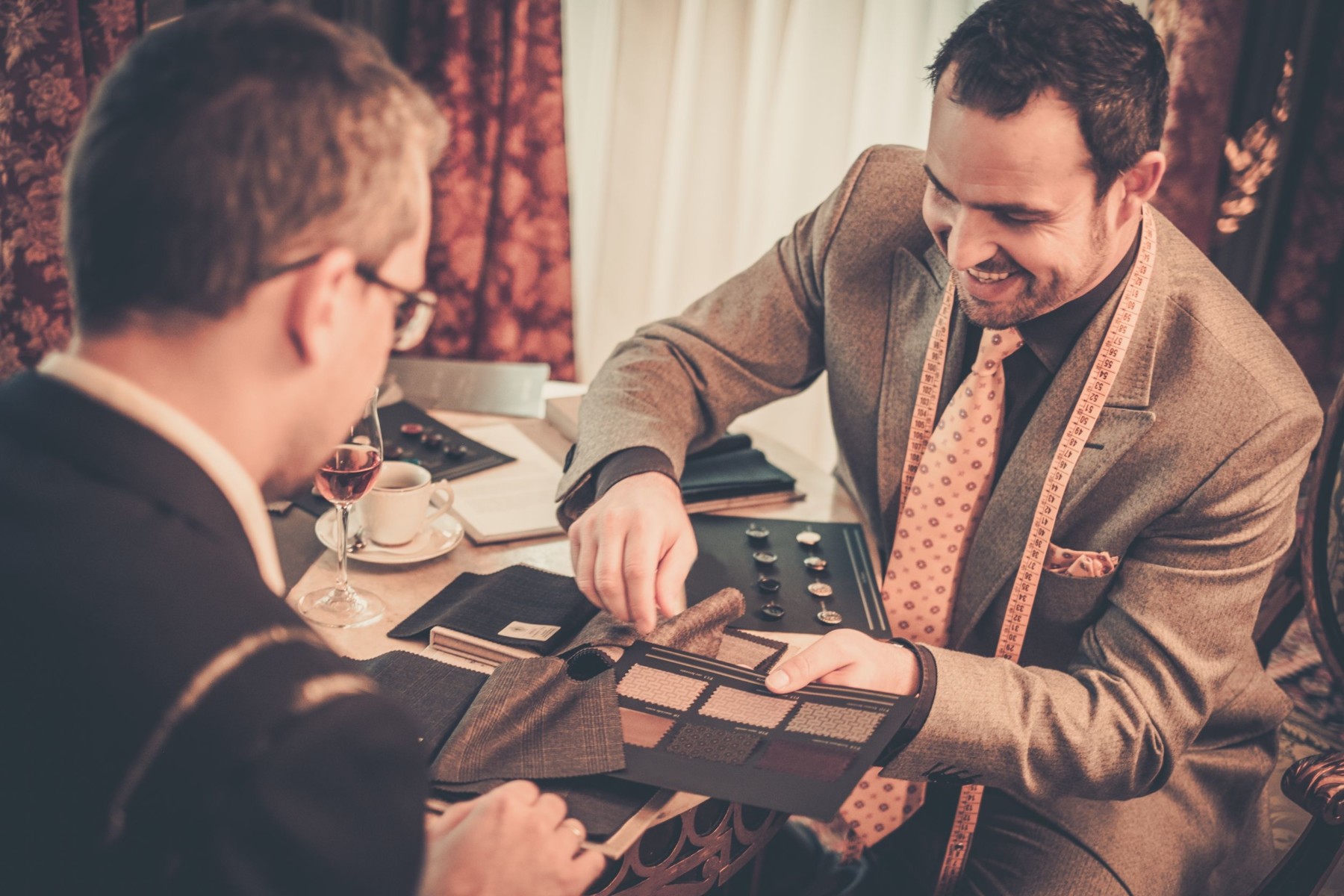When it comes to looking your best in your bespoke suit or casual weekend wear, there is nothing like a great tailor to help you get the right look. To make sure this happens, you need to find the right tailor to fit your needs. You should also have a general understanding of the tailoring process so you can reach your style goals. Luckily, you don’t have to search far to find the answers. Here’s everything you need to know about men’s tailoring.
The Tailoring Process

The process of tailoring may vary based on the tailor you choose, but you can typically expect the process to include the following elements.
Measuring
Your tailor needs to achieve the right fit, so taking your measurements is the first step you can expect during the tailoring process. Some measurements you can expect a professional tailor to take include your waist, shoulder length, neck circumference, arm length and waist-to-ankle length. By taking your measurements, your tailor can ensure you have a well-fitted suit customized to your body.
Fabric selection and design
If you plan to have a suit custom-made, then fabric selection is the next step you can expect during the process of tailoring. A quality tailor will help you select the right fabric you need based on your lifestyle and your suit’s function. Your tailor will then design and draft the patterns of your custom suit to your measurements for the perfect fit. If you are altering an existing suit from a premium brand, such as Canali or Ted Baker, you can expect your tailor to use the same process for selecting the right fabric and thread to correctly match your suit for a professional look.
Alterations
During alterations, your tailor makes modifications to your suit or garment piece. For instance, if your suit sleeve requires shortening, your tailor will cut it to the appropriate length and hem the bottom of the sleeve.
Fitting
During the fitting, your tailor will make sure your suit or other garment pieces fit your body appropriately. This includes ensuring your suit pockets lie flat and your pants fall at the correct length. If you need further alterations, your tailor will make additional changes to your garment pieces and conduct a final fitting before you pick up your suit.
History of Tailoring

If you want to know where the idea of tailoring came about, then take a look at the history of tailoring. The history of tailoring dates back to more than two centuries ago when Americans made most of their garments by hand. It wasn’t uncommon to see custom men’s clothing as the standard before the 1800s. However, since the invention of the sewing machine, the advancement of manufacturing processes and the ready-to-wear industry boom in the 1960s, the demand for ready-to-wear pieces soon surpassed the popularity of custom men’s clothing.
Fast forward to today, and there’s been a resurgence of the need for custom men’s clothing for today’s professional man. This demand for customization makes tailoring an important process to achieve the right fit.
Typical Tailoring Costs

Different aspects of the tailoring process can impact your tailoring costs. That’s because tailoring costs vary based on several factors. The fabric selection, type of alteration and type of stitch can increase the cost of your tailoring services. For instance, you can expect to pay no less than $10 to hem your pants. However, slimming a suit jacket typically costs $50 or more. A general rule of thumb is that the price increases the more customization you need.
How to Find the Right Tailor

The secret to a great-fitted suit is a great tailor. But not all tailors offer the same level of expertise. So, it’s important to find the right tailor. Get recommendations from friends and read online reviews. Look at the tailor’s work for professional stitching and consider his experience. Your tailor should have the technical skills to perform the alterations you need. A great tailor also understands fabrication and the silhouette and proportions that look best for your body type.
Tailoring FAQs
Even after finding the right tailor, there are some key questions you may have to clarify the process or know what to expect. That’s why tailoring FAQs are important. Here are some common tailoring FAQs to consider:
- I’ve altered my suit before. Can you make changes to it again? If your suit has had too many alterations, sometimes it’s just better to get a custom suit made. Bring the garment piece to the alteration consultation so your tailor can accurately assess if it can be altered again.
- When are you available? Get familiar with your tailor’s hours of operations. You want to make sure your tailor is available to alter your clothes when you need him.
- What is included in your fitting consultation? It’s important to inquire about what to expect from your fitting consultation so you can prepare for your appointment effectively.
- What can you fix? Knowing the capabilities and limitations of your tailor is critical in understanding if he can fix the garment piece you need. For example, if you want to take in your suit jacket at the waist, it’s vital to find out if your tailor offers this type of alteration service.
Why Men’s Tailoring Matters
Great men’s tailoring calls for a professional tailor who can help you achieve the fitted look you need. But it’s important to understand the basics, including what to expect during the tailoring process, the history of tailoring, common tailoring costs and tailoring FAQs to ask. Just use this guide to men’s tailoring, and you’ll be on your way to finding the ideal professional tailor and donning a great fitted suit for a professional look.







